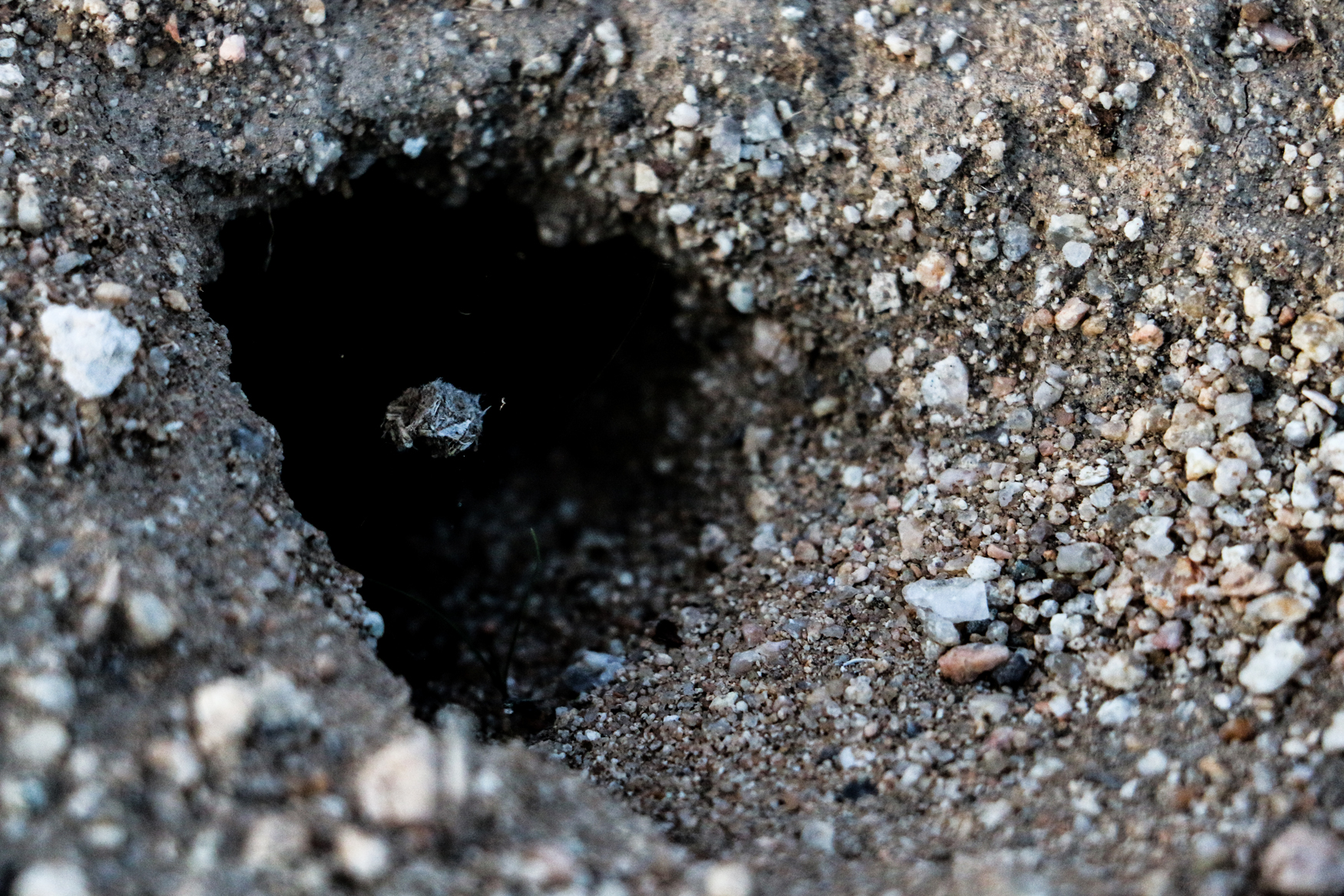Welcome, once again, to Blog People, a venture here at the Lightning Room which gives you the pertinent deets on our fellow denizens of The Blog. In this installment, DeWitt Brinson presents the progression of the physical into a single syllable, as Scott Pinkmountain asks you to go with him and you must not ask where. Check out his Column Work: Surviving The Arts
1. What is the importance of art? Both the word and the concept?
Just to scrape the edge of this infinite question, I’ve been thinking a lot about how art has the potential to be one of the very few non-capital-driven endeavors in our otherwise Capitalist-circumscribed existences. For that purpose alone, it’s a life line. At this point in our culture, to be engaged in any public endeavor that is not for the purpose of making or spending money is essentially a radical political action. If you view family life, daily functional creativity (cooking, childcare, walking, sewing, etc..) and intimacy and play among friends and loved ones as private endeavors, spiritual practice as a kind of in between, and art as a public practice, art is pretty much it aside from direct political activism for standing up to genocidal, oligarchic Capitalism as it’s being perpetrated today.
As for the word, I don’t know it has any importance per say, but I’m glad it’s a simple, single syllable, grunt-like word akin to food, sleep, sex, birth, death. It helps strengthen the case for it being an imperative life function.
2. What’s your guilty pleasure?
If I could talk about it in public I wouldn’t actually be feeling much guilt about it, so there’s no honest answer to this question aside from declining to answer. But in terms of pop culture, I eat all kinds of shit and usually hate myself for it while/after it’s happening – superhero movies being my Achilles Heel, as I grew up reading and loving all things Marvel. I don’t feel guilt about that stuff though, just self-loathing and embarrassment. I draw the line at reality tv though. I have to preserve some self-respect. Continue reading →
![[PANK]](https://pankmagazine.com/wp-content/themes/pank/assets/images/pank-logo-large.png)

